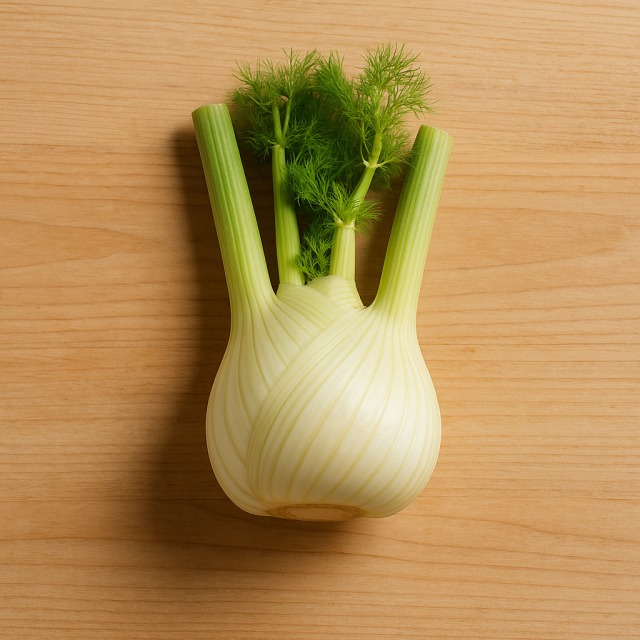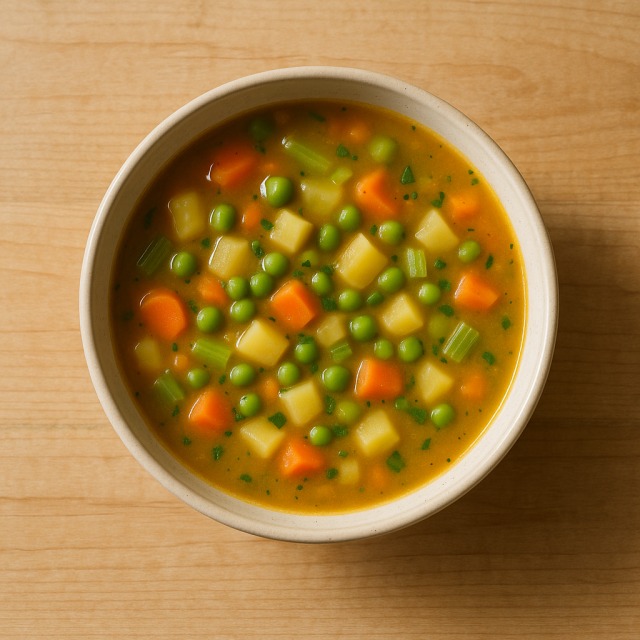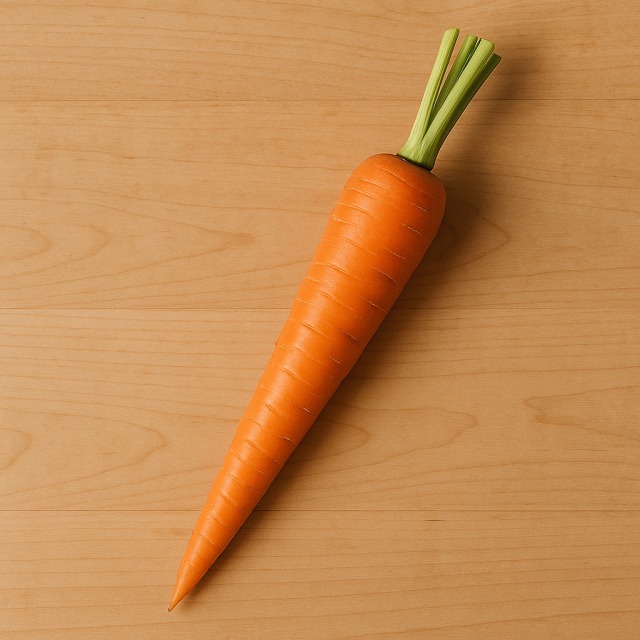Calorie Chart / Vegetables / Potato
How Many Calories Are in Potato?
Calculation of the nutritional value & Recommended Dietary Intake of potato
For g and a calorie requirement of kcal
| Calories 168 kcal | Proteins 2.4 g | Lipids 0.2 g | Carbohydrates 39 g |
| 8% | 3% | 0% | 14% |
Health benefits of potato

Potato - 100g
Calories 84 kcal
Proteins 1.2 g
Lipids 0.1 g
Carbohydrates 19.3 g
The potato is considered a moderate-calorie tuber, making it a versatile choice for people who monitor their calories without wishing to eliminate carbohydrates entirely. Despite its reputation, the vegetable itself is naturally low in fat and provides a slow, steady release of energy from its starches—an advantage when daily calories must be managed carefully.
Nutritionally, potatoes deliver significant amounts of vitamin C (often underestimated once the skin is removed), vitamin B6, and the electrolyte potassium, which contributes to normal blood-pressure regulation. Their fibre, partly in the form of resistant starch, may support gut microbiota and increase satiety—an ally for those counting calories throughout the day. Magnesium, iron, and small doses of folate add to the micronutrient profile.
Introduced to Europe from the Andes in the 16th century, the potato helped curb famine by offering decent nutrition with reasonable calories per serving compared with many grains. Cooked and cooled potatoes develop more resistant starch, meaning slightly fewer usable calories and a gentler glycaemic impact—useful information if you seek to balance calories with blood-sugar control. Lastly, the skin contains most of the antioxidants (chlorogenic acid, flavonoids), so keeping the peel on maximizes nutrients without increasing calories.
Tips for incorporating potato into a balanced diet
Baked in the oven with its skin, the potato keeps its fibre while limiting added fats and, therefore, calories. Top a steaming jacket potato with a spoonful of cottage-style fromage blanc 0% and chives for a light lunch that stays under strict calorie targets. If you crave a creamy texture, blend cooked potato into a homemade vegetable soup; the starch naturally thickens the broth, removing the need for cream and saving calories.
For a balanced dinner, pair roasted potato wedges with grilled salmon and a side of broccoli. This trio supplies quality proteins, omega-3s, fibre, and controlled calories while keeping flavors satisfying. Athletes who require more carbohydrates can serve a portion of mashed potatoes next to lean chicken breast; adding a drizzle of olive oil after cooking rather than during helps you account precisely for extra calories.
Looking for variety without exploding calories? Transform leftovers into a Mediterranean salad with diced potatoes, bell pepper, olive (if available), and a light light vinaigrette. In each of these ideas, keep portion sizes moderate and fill half the plate with non-starchy vegetables to control calories easily.
Frequently Asked Questions
- How many calories in a potato?
- There are 84 kcal per 100 g.
- Is the potato high or low in calories compared with pasta or rice?
- Gram for gram, plain boiled potato provides fewer calories than cooked pasta or rice, making it a smart starch when you need to reduce meal calories without sacrificing volume.
- Does the cooking method change the calories of a potato?
- Baking, boiling, or steaming adds no extra calories, whereas frying—such as in French fries—can more than triple the calories because of absorbed oil.
- Can I eat potatoes when I am counting calories for weight loss?
- Yes. Focus on modest portions (about the size of a fist) and choose toppings like light yogurt or herbs instead of butter to keep overall calories in check.
- Does removing the skin reduce calories?
- The skin itself contributes minimal calories, so peeling will not significantly change total calories but will reduce fibre and some micronutrients.
- Are cold potatoes lower in usable calories?
- Cooling cooked potatoes increases resistant starch, a form of carbohydrate that the body only partially digests, effectively trimming a small fraction of usable calories while supporting gut health.
Similar foods
Information provided by Calorie Menu may contain inaccuracies or errors. It cannot, under any circumstances, substitute medical advice or medication.










